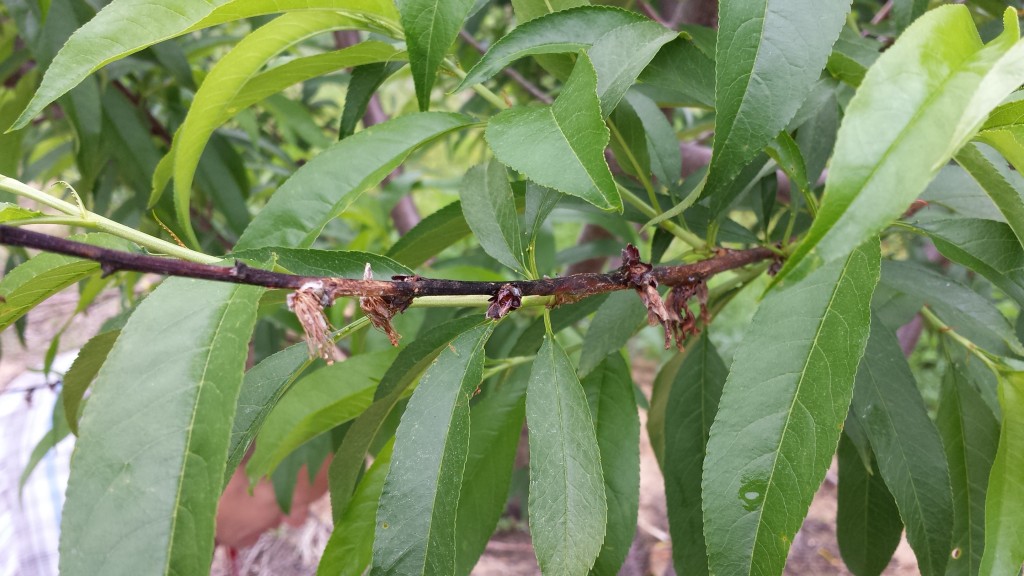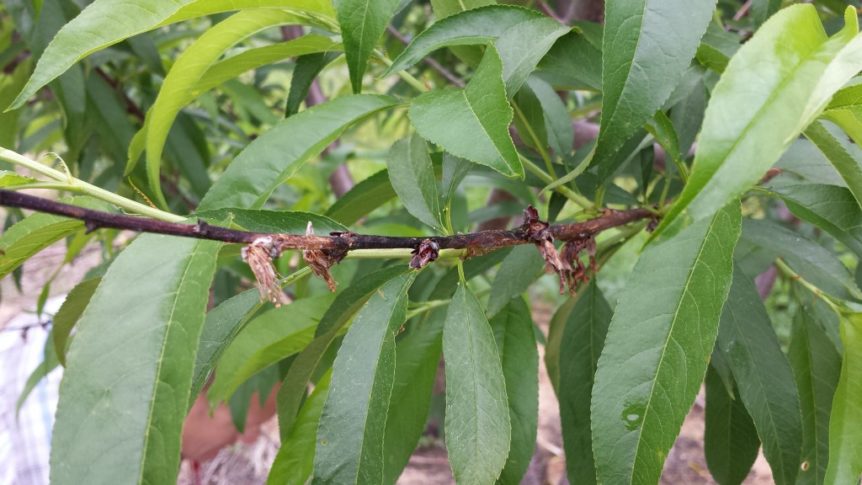
By Clint Thompson
Southeast peach producers should remain timely with their fungicide applications amid the persistent rainy conditions being experienced across the region.
Phil Brannen, University of Georgia Cooperative Extension fruit disease specialist, highlighted a couple of diseases the growers should be concerned with.
“I’m sure they’re on top of it, but with the amount of rain and some of the temperatures that we’ve had lately, we could have a lot of blossom blight potential, which is basically brown rot during the blossom phase,” Brannen said. “Spraying for that would be important, and as we’re going into the shuck split phase and little baby peaches start to emerge, they’re going to have be very careful they put out fungicides like chlorothalonil or those types of products for scab and bacterial spot, too.
“Right now, during the early phase, when we’re hitting through the end of bloom and shuck split, it’s critical for several diseases. They need to be spraying a lot right now and making sure they’re Johnny on the spot with their spray programs.”
Optimism for This Year
Peach farmers are more apt to stay on top of their fungicide applications considering how much loss they suffered last year and the potential for this year. A pair of freeze events last March, which followed warm temperatures in February, devastated the region’s entire crop. That hasn’t been the case this year, however, but it is still early in the production season.
“They needed a good crop, and so far, it looks like it could be a really good crop. Let’s just keep praying that happens,” Brannen said. “We’re not completely out of the woods by any stretch on freezes, but I hope this year will be better going forward. “We need to make it through mid-April before I’ll feel comfortable.”










